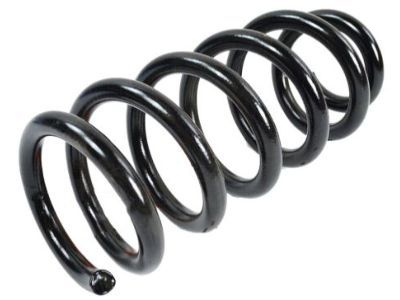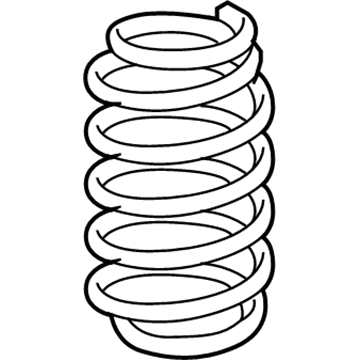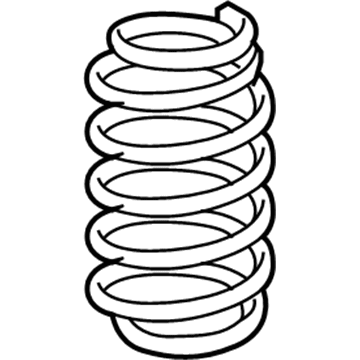
My Garage
My Account
Cart
Genuine Dodge Avenger Coil Springs
Strut Spring- Select Vehicle by Model
- Select Vehicle by VIN
Select Vehicle by Model
orMake
Model
Year
Select Vehicle by VIN
For the most accurate results, select vehicle by your VIN (Vehicle Identification Number).
182 Coil Springs found
Dodge Avenger Front Right Coil Spring
Part Number: 5272731AC$83.02 MSRP: $124.00You Save: $40.98 (34%)
| Page 1 of 10 |Next >
1-20 of 182 Results
Dodge Avenger Coil Springs
It is crucial to know that the mixers that are the foundation of the suspension systems of Dodge Avenger vehicles are mostly composed of active coils that bear the weight of the car and afterward support the car by absorbing any shocks that are as a result of the rough terrains. These coil springs also ensure right height of the car and smoothness of the ride and it also helps in avoiding problems like sagging, bottoming and uneven tyre wear. The end life of coil springs are replaceable and there are new coil springs which can be bought as an OEM for new models or reproductions for the older ones. Several kinds of coil springs have been utilized in Dodge Avenger cars and some of them include, Linear rate springs, progressive springs, and dual rate springs. Linear rate springs have a fixed stiffness while the progressive springs are those which change their rate in order to improve the car's comfort and control. Also, coil spring suspension provides adjustability for the vehicle's height by making use of the coil springs to attain better shock absorption while the vehicle can be height-adjusted for different wheel and tire types.
Looking for affordable and high-quality auto parts? Then you have already arrived at the proper online shop. We offer all Dodge Avenger Coil Springs at great affordable prices. Moreover, all genuine Dodge Avenger Coil Springs come with a manufacturer's warranty. In the long run, you would realize you have saved a lot of trouble and money with OEM parts from here.
Dodge Avenger Coil Springs Parts Questions & Experts Answers
- Q: How to disassemble and reassemble a strut and coil spring assembly on Dodge Avenger?A:If the struts or coil springs show signs of wear such as leaking fluid, loss of damping capability, or chipped, sagging, or cracked coil springs, explore all options before starting any work. The strut body cannot be serviced and must be replaced if there is a problem. However, complete strut assemblies with springs may be available on an exchange basis, which can save time and effort. Before disassembling the vehicle, check the cost and availability of parts. To disassemble, remove the strut and spring assembly. Mount the strut clevis bracket portion in a vise and mark the components for reassembly. Install a spring compressor on the spring and compress it to relieve pressure from the upper mount. While holding the damper shaft, loosen the shaft nut with a socket. Remove the nut and upper mount, inspecting the pivot bearing and upper spring seat for damage. Lift the compressed spring from the assembly and remove the dust boot from the damper shaft. Slide the rubber bumper off the damper shaft and check the lower spring isolator for damage. To reassemble, extend the damper rod and install the rubber bumper. Put the dust boot onto the damper and carefully place the coil spring onto the damper, aligning it with the reference marks made during disassembly. Install the upper spring isolator and seat, followed by the upper mount, and tighten the nut on the damper shaft. Loosen the coil spring compressor until the top coil is properly seated against the upper spring seat and upper mount. Remove the tool from the coil spring and install the strut/spring assembly.














